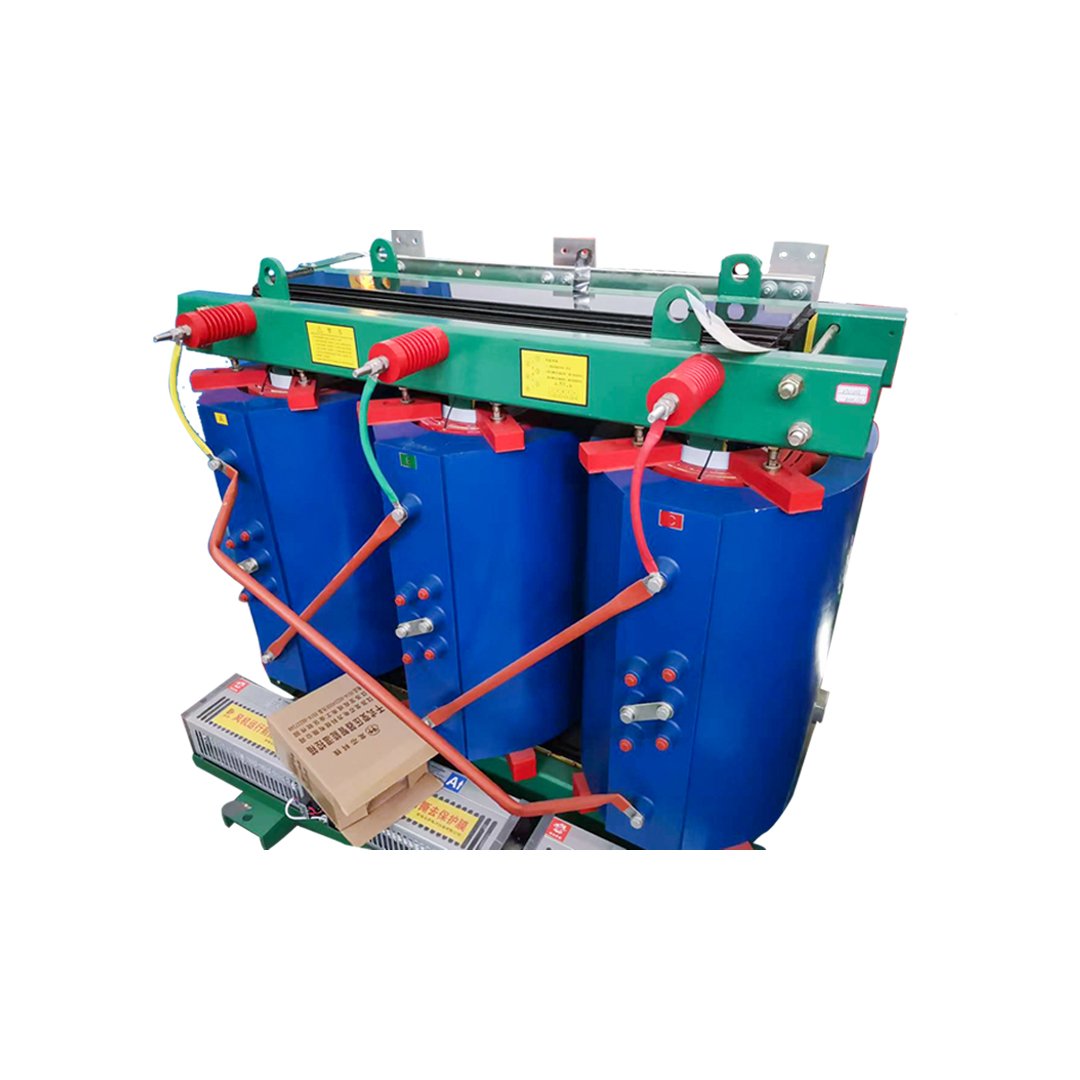On-load regulation is a critical aspect of ensuring stable and efficient performance in
On Load Regulation Epoxy Resin Three-Phase Power Transformer. The process involves maintaining the desired output voltage levels despite fluctuations in the load. In the case of epoxy resin three-phase power transformers, this on-load regulation is achieved through a combination of design features and control mechanisms.
Key Elements of On-Load Regulation:
Tap Changers:
One primary method employed in maintaining regulation is the incorporation of tap changers. These devices enable the adjustment of the transformer's turns ratio, allowing for compensation when the load varies. This ensures that the output voltage remains within specified limits even as the load on the transformer changes.

Feedback Control Systems:
Modern epoxy resin transformers often include sophisticated feedback control systems. These systems continuously monitor the output voltage and automatically adjust the tap settings or other parameters to counteract any deviations from the desired voltage levels. This real-time adjustment is crucial for maintaining stability in the electrical network.
Precision Winding and Core Design:
The design of the transformer's windings and core also plays a crucial role. Precision winding techniques and carefully engineered core structures contribute to minimizing losses and enhancing the transformer's ability to regulate the output voltage under varying loads.
Advanced Materials and Insulation:
The use of advanced materials, including epoxy resin, not only provides environmental benefits but also contributes to the overall stability of the transformer. Improved insulation properties help in maintaining a consistent electrical performance, especially during load variations.
Temperature Control:
Temperature can impact the efficiency and performance of a transformer.
On Load Regulation Epoxy Resin Three-Phase Power Transformer often incorporate temperature control mechanisms to ensure that variations in temperature, which may occur during changes in load, do not adversely affect the regulation capabilities.

Contact Us